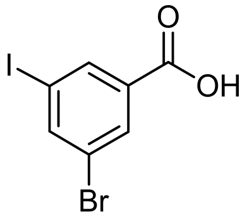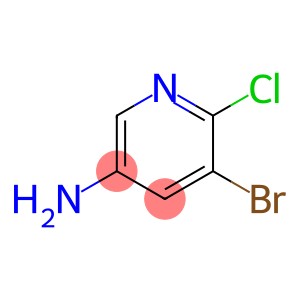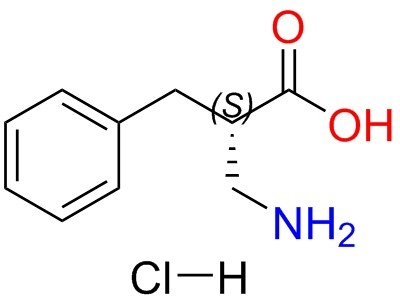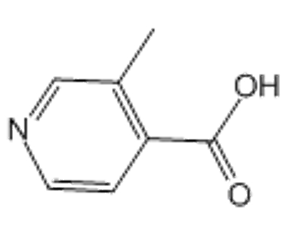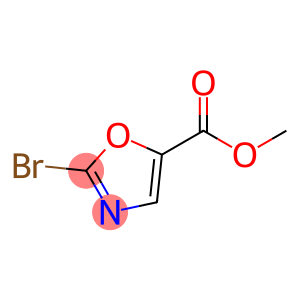4-Nitroaniline(CAS#100-01-6)
| Hazard Symbols | T – Toxic |
| Risk Codes | R23/24/25 – Toxic by inhalation, in contact with skin and if swallowed. R33 – Danger of cumulative effects R52/53 – Harmful to aquatic organisms, may cause long-term adverse effects in the aquatic environment. |
| Safety Description | S36/37 – Wear suitable protective clothing and gloves. S45 – In case of accident or if you feel unwell, seek medical advice immediately (show the label whenever possible.) S61 – Avoid release to the environment. Refer to special instructions / safety data sheets. |
| UN IDs | UN 1661 |
4-Nitroaniline(CAS#100-01-6) introduce
quality
Yellow needle-like crystals. Combustible. Relative density 1. 424。 Boiling point 332 °c. Melting point 148~149 °C. Flash point 199 °C. Slightly soluble in cold water, soluble in boiling water, ethanol, ether, benzene and acid solutions.
Method
Ammonolysis method p-nitrochlorobenzene and ammonia water in an autoclave at 180~190 °C, 4.0~4. Under the condition of 5MPa, the reaction is about lOh, that is, p-nitroaniline is generated, which is crystallized and separated by segregation kettle and dried by centrifuge to obtain the finished product.
Nitrification hydrolysis method N-acetanilide is nitrified by mixed acid to obtain p-nitro N_acetanilide, and then heated and hydrolyzed to obtain the finished product.
use
This product is also known as ice dyeing dye big red GG color base, which can be used to make black salt K, for cotton and linen fabric dyeing and printing; However, it is mainly an intermediate of azo dyes, such as direct dark green B, acid medium brown G, acid black 10B, acid wool ATT, fur black D and direct gray D. It can also be used as an intermediate for pesticides and veterinary drugs, and can be used to manufacture p-phenylenediamine. In addition, antioxidants and preservatives can be prepared.
security
This product is highly toxic. It can cause blood poisoning that is stronger than aniline. This effect is even stronger if organic solvents are present at the same time or after drinking alcohol. Acute poisoning begins with headache, facial flushing, and shortness of breath, sometimes accompanied by nausea and vomiting, followed by muscle weakness, cyanosis, weak pulse, and shortness of breath. Skin contact can cause eczema and dermatitis. rat oral LD501410mg/kg.
During operation, the production site should be well ventilated, the equipment should be closed, the individual should wear protective equipment, and regular physical examinations should be conducted, including blood, nervous system and urine tests. Patients with acute poisoning immediately leave the scene, pay attention to the patient’s heat preservation, and intravenously inject methylene blue solution. The maximum allowable concentration in the air is 0. 1mg/m3。
It is packed in a plastic bag lined with a plastic bag, a fiberboard drum or an iron drum, and each barrel is 30kg, 35kg, 40kg, 45kg, and 50kg. Prevent exposure to the sun and rain during storage and transportation, and prevent crushing and breakage. Store in a dry, ventilated place. It is stored and transported according to the provisions of highly toxic organic compounds.



![3-[[4-[(3 5-Dibromopyridin-2-yl)azo]-3-hydroxyphenyl]ethylamino]-1-propanesulfonic acid(CAS# 86190-06-9)](https://www.xinchem.com/uploads/3435Dibromopyridin2ylazo3hydroxyphenylethylamino1propanesulfonicacid.png)
